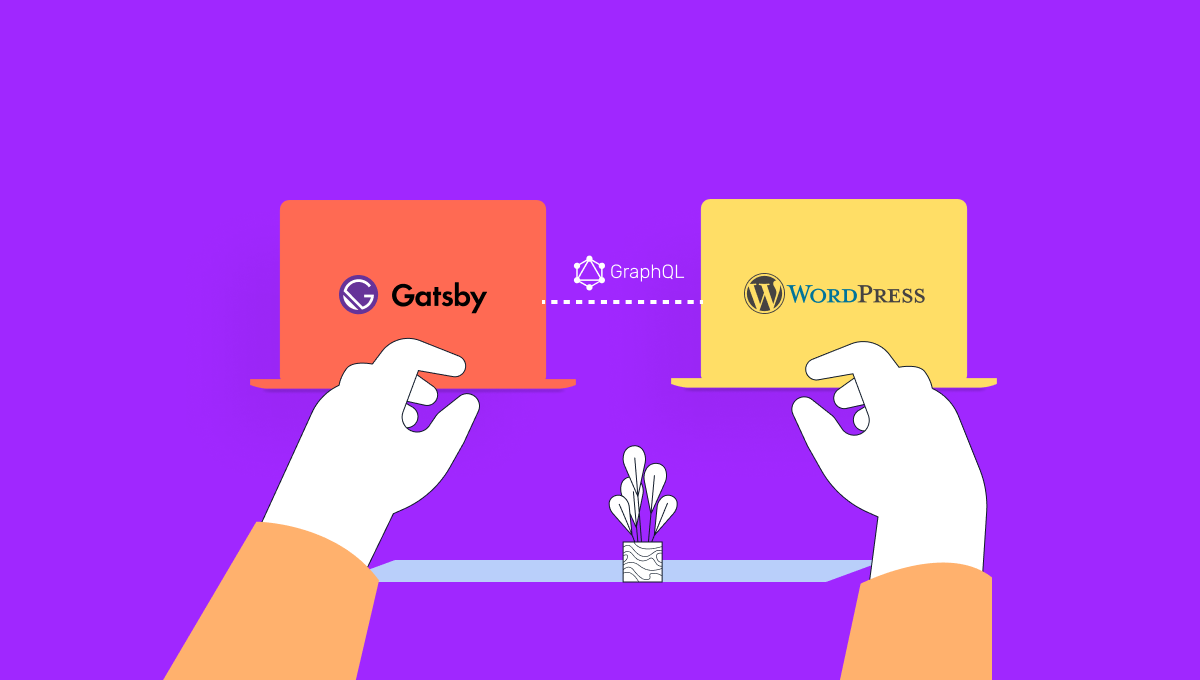Benefits of SEO using Headless WordPress-Part II

Why is SEO important?
Over 94 percent of Google users just look at the first page of results, and the majority of them just click on the first three. While Google is used by 83 percent of the world's population, this definition extends to all search engines. So, what do you do if your small business website shows up on the 12th page of search results rather than the first? If they don't find anything on the first page, they choose to change their search terms and start over rather than going to the next page of results.
Ideal users are those who search for exactly what you sell and find your site on the first page of results since they are the most likely to become clients, subscribers, or other types of subscribers. It's almost as if your website doesn't exist if it's not in the top few results, let alone on the first list. As a result, it's almost as though the company doesn't exist at all.
Optimizing your site would assist search engines in receiving better information, allowing your content to be adequately indexed and displayed within search results.
SEO is important for businesses because it gives them the exposure they need to gain consumers in today's digital world. Eighty-one percent of consumers and 94 percent of B2B buyers would conduct research online before making a purchase, putting brands that do not have a good online presence at a disadvantage.
Business Benefits of SEO
- · SEO Leads to Better User Experience.
- · It Is a Primary Source of Leads.
- · Brings Higher Close Rates.
- · SEO Results to Higher Conversion Rate.
- · SEO Promotes Better Cost Management.
- · SEO Encourages Local Users to Visit the Physical Store After the Search.
- · SEO Builds Brand Credibility
- · SEO Helps Establish Brand Awareness
- · SEO Ensures Mobile-Friendliness of Your Website
- · SEO Can Be a Long-Term Marketing Strategy
Types of SEO?
As for the organic search strategy, there are three forms of SEO.
· On-page SEO.
· Technological SEO.
· Off-page SEO.
On-page SEO
The material on the website is referred to as on-page SEO. It includes techniques for optimizing a single website page. These elements (all of which are outlined in this on-page SEO checklist) aid search engines in comprehending the content's topic and determining whether the website is a reliable resource that people will like to find.
This type of SEO includes:
- Keyword research: Finding the keywords to target on a page of content
- Content creation: Publishing high-quality content focusing on target keywords
- Keyword optimization: The target keywords are used in all the right places.
Off-Page SEO
External SEO activities that occur of the platform rather than on it are referred to as off-page SEO. Backlink building is the most common off-page SEO technique since quality backlinks from external sites tell search engines that your site is valuable and high-quality, which creates authority. It boosts the website's influence and relationship with other websites.
It involves tactics for enhancing a website's authority and credibility. These elements aid search engines in recognizing that a website is an ideal search result because it comes from a credible, accurate, and trustworthy source.
Technical SEO
Technical SEO is concerned with the website's non-content elements. It involves techniques for improving the backend layout and framework of a website. Technical SEO enhances a site's readability (making it easier for search engines to crawl and understand it) and offers a good user interface, which helps search engines recognize that the site is of high quality.
SEO in the headless WP category relate to:
- Site speed
- Mobile-friendliness
- Indexing
- Crawlability
- Site architecture
- Structured data
- Security
Headless WordPress Website and SEO
JAMStack is a framework for building sites and apps that prioritize efficiency, security, and scalability. Matt Biilmann coined the term to describe a modern development architecture that relies on Javascript, reusable APIs, and prebuilt Markup. Headless WordPress enables developers to create static content with all of the necessary assets ahead of time and serve it through a global distributed CDN.
With atomic deploys and version control, JAMStack supports continuous delivery. Content editors no longer have to rely on developers to push simple updates because the deployment process is simple. When continuous integration tools are applied to the mix, deployments become much safer, and the chances of the site going down are greatly reduced.
Since all content is written in HTML, search engines can quickly digest it, which eliminates many of the issues that come with improving website SEO. Google considers a website's performance when determining its ranking. Google would offer better placement to websites that load quicker, resulting in more traffic and a higher conversion rate. JAMStack tools are usually file-based, instead of database-based, making it easier to version control all the changes done on the content.
Future of Headless WordPress and Gatsby
Working together, create a lightning-fast site that is stable and self-contained. Have a backend that is fully customized to one’s site's content development and moderation needs. Simultaneously, you may have a website that is independent of the backend's infrastructure requirements. The more modern method of extracting data from most headless CMS platforms is to use GraphQL, a new data query language created by Facebook. GraphQL has a benefit over REST API in that it can be used to retrieve relevant data from a data source in a single operation.
The plugin WP GraphQL, which was originally designed to make content syndication easier between a cluster of news sites, is currently the most significant effort for enhancing WordPress's capabilities as a headless CMS via GraphQL. And, while the work is done so far has been fantastic, we are excited about the plugin's future. That should mean more features being added to the plugin and even a stable official version release for the plugin.
Categories
- Gatsby wordpress